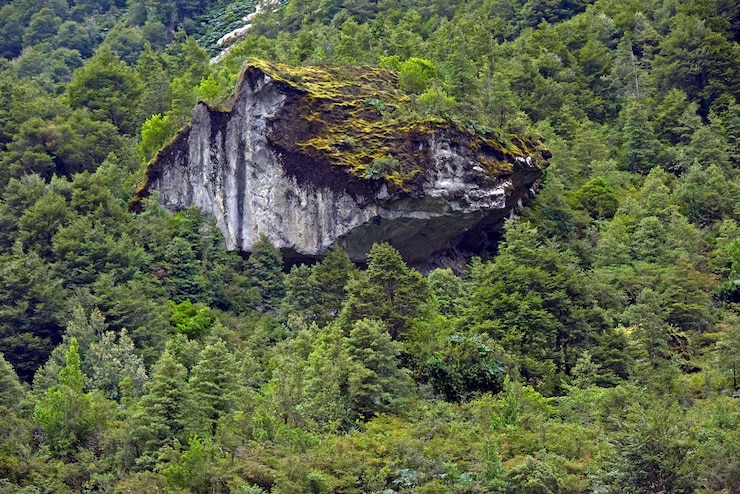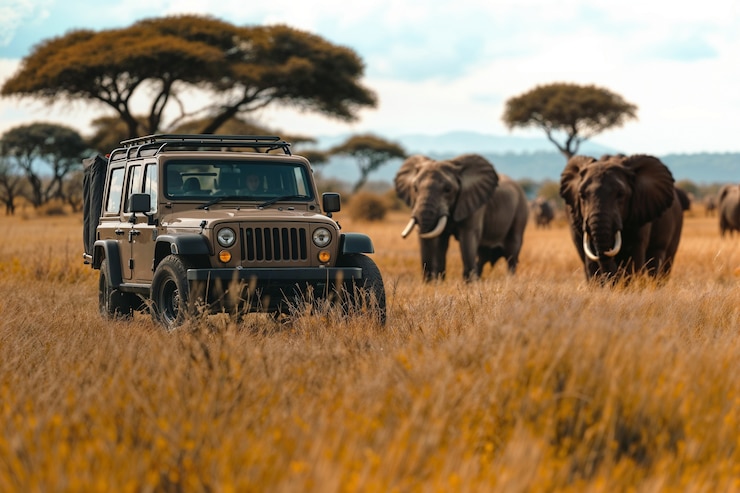
Nepal is renowned for its towering mountains, with national parks featuring majestic peaks like Everest, Langtang, and Makalu. However, there’s much more to Nepal than just mountain landscapes. The Terai plains, which border India, offer steamy jungles and diverse wildlife across several national parks. Meanwhile, other parks situated in the hills can be easily reached from Kathmandu, without needing lengthy treks. Let’s explore eight of Nepal’s most stunning national parks and what visitors might encounter there.
Chitwan National Park, straddling the border with India and conveniently positioned between Kathmandu and Pokhara, is Nepal’s most popular jungle park. Known for its successful conservation efforts, the park is home to over 600 one-horned rhinos, offering a great chance to spot one during a Jeep, ox-cart, or foot safari. Elephant-back safaris are available, although they are discouraged due to animal welfare concerns. Besides rhinos, the park is also inhabited by elephants, gharial crocodiles, numerous bird species, and the elusive Royal Bengal Tiger. Most accommodations and tour services are in the small town of Sauraha, by the Rapti River, though Barauli on the Narayani River is a quieter alternative. Chitwan is a four-to-five hour bus ride from Kathmandu or Pokhara. The ideal time for a visit is between November and March when the weather is cooler, as temperatures rise considerably from April to October.
Seasoned visitors to Nepal note that Bardia National Park, located in the far west, feels like Chitwan before it became widely popular. Bardia is harder to reach, meaning fewer crowds and a better chance of spotting tigers. The park is traversed by the Karnali River, Nepal’s last free-flowing river, descending from Tibet. An adventurous way to visit Bardia is at the end of a 10-day white-water rafting trip down the Karnali. Access to Bardia involves a long bus ride from Kathmandu or a combination of flying and overland travel from Nepalgunj. Like Chitwan, the cooler months are the best visiting time.
Shuklaphanta National Park is located even further west than Bardia and is known for its wetlands and grasslands. Combining visits to Bardia and Shuklaphanta makes for a rewarding trip for wildlife and bird enthusiasts.
Sagarmatha National Park is named for Mount Everest, the world’s most famous and tallest mountain, which sits on the park’s northern border with Tibet. Despite Everest being a major attraction, the park also boasts other impressive peaks like Lhotse, Cho Oyu, and Amadablam, as well as the stunning Gokyo Lakes, the Sherpa town of Namche Bazaar, and the Dudh Kosi River. While many visitors undertake the iconic Everest Base Camp trek, numerous other routes explore the park, though the journey requires trekking since there’s no road access. Flights from Kathmandu to the Lukla airstrip operate daily, weather permitting.
Just east of Sagarmatha, the Makalu-Barun National Park offers a less-visited alternative for those seeking adventurous mountain wilderness. The park features a remarkable altitude range, with nearly 26,000 feet between its lowest and highest points. The Arun River cuts through the park, and the Arun Valley trek can be connected to the Everest Base Camp trek. Access to Makalu-Barun involves a short flight from Kathmandu to Tumlingtar.
Langtang National Park, accessible from Kathmandu, offers treks that don’t require flights, providing a more convenient option. The five-day Langtang Valley trek follows the Langtang River, near the Tibetan border. Unfortunately, the 2015 earthquake caused devastating landslides that destroyed the village of Langtang, although rebuilding efforts have restored the area. Visitors can reach the park by Jeep or bus from Kathmandu to Dhunche or Syabru Besi.
For those with limited time in Nepal or staying close to Kathmandu, Shivapuri-Nagarjun National Park offers a convenient escape on the capital’s edge. Consisting of Shivapuri and Nagarjun sections, the park is ideal for day hikes and offers spectacular views of Kathmandu from lookout points near Nagi Gumba monastery. The park is also home to the holy Bagmati River source, located deep in the forest near Mt. Shivapuri’s summit. Accessing Shivapuri is easy via a bus or taxi ride to Budhanilkantha, a suburb on Kathmandu’s northern edge.
Rara National Park in western Nepal features Rara Lake, one of Nepal’s most enchanting and deepest lakes. Visitors often camp by the lake after trekking through coniferous forests. Trekking can be extended with a trip to Phoksundo Lake in Shey Phoksundo National Park. Reach Rara by flying to Nepalgunj and then to Juphal.
East of Rara, Shey Phoksundo National Park spans the Dolpo region, a Tibetan-influenced area sheltered from the Himalayan rains. The striking turquoise Lake Phoksundo is a highlight of the park, which has gained fame through Peter Mathiessen’s 1978 book “The Snow Leopard,” featuring Shey Monastery. Access to Shey Phoksundo requires a flight from Kathmandu to Nepalgunj, and non-Nepali visitors need a special permit to enter Upper Dolpo.


